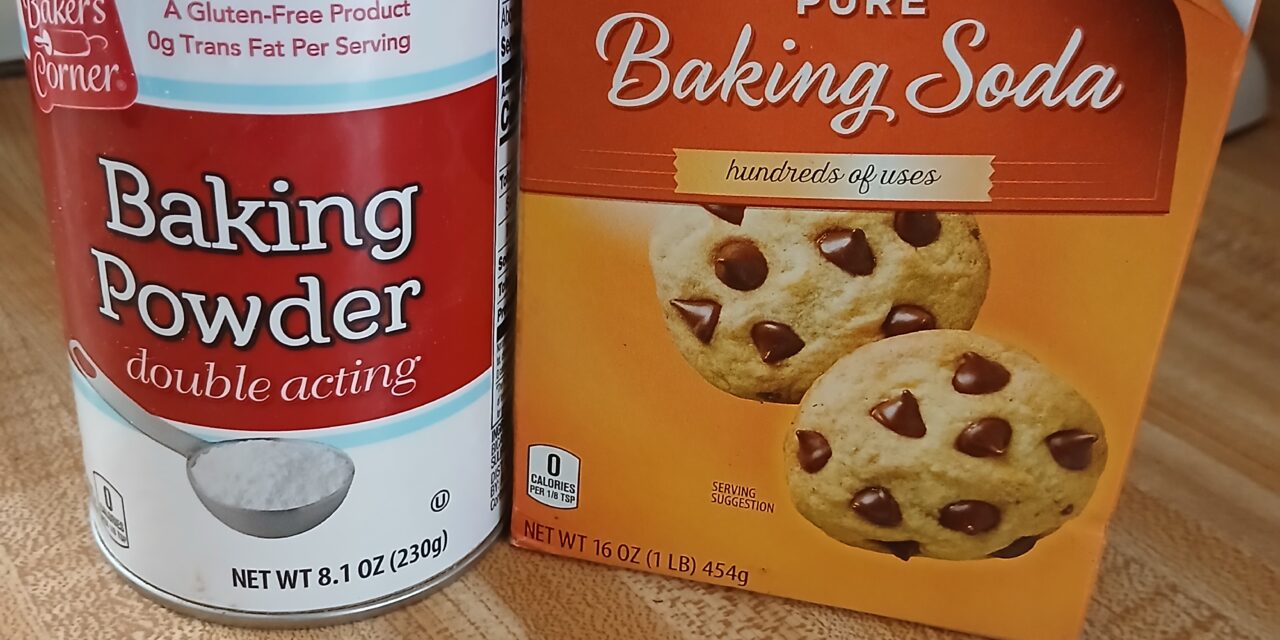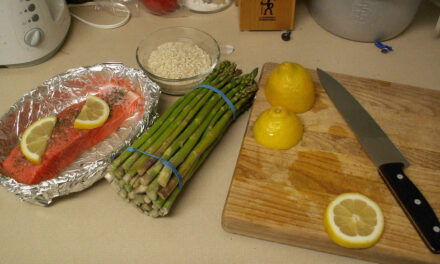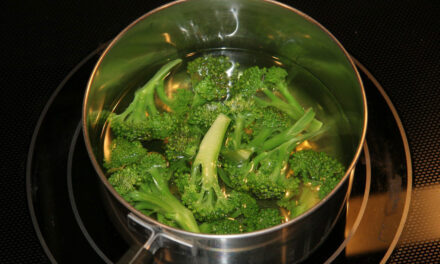Baking soda and baking powder are two of the most important leavening agents in the kitchen, yet they are often confused. While both help baked goods rise, they function differently—and using the wrong one can dramatically affect your results. Understanding their roles is essential for successful baking.
Baking soda, or sodium bicarbonate, is a single-ingredient leavening agent. It requires an acid (like lemon juice, vinegar, yogurt, or brown sugar) and moisture to activate. When combined with acid, it produces carbon dioxide bubbles, causing doughs and batters to rise. Because it reacts immediately, recipes using baking soda must be baked right away. Baking soda also contributes to browning, giving cookies and quick breads a golden color.
Baking powder, on the other hand, contains three ingredients: baking soda, an acid (usually cream of tartar), and a stabilizer like cornstarch. Most baking powders are double-acting, meaning they release some gas when mixed with liquid and more when exposed to heat. This makes baking powder more versatile—recipes without their own acidic ingredients rely on baking powder to rise properly.
Using too much baking soda can cause baked goods to taste metallic or soapy, while too much baking powder can make them rise quickly and collapse. Choosing the correct leavener keeps textures light, flavors balanced, and structures stable.
By understanding the difference between these two pantry staples, you’ll gain better control over your baked goods—ensuring muffins are fluffy, cookies are tender, and cakes rise beautifully every time.






